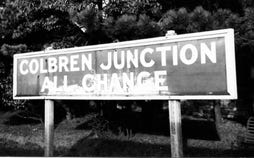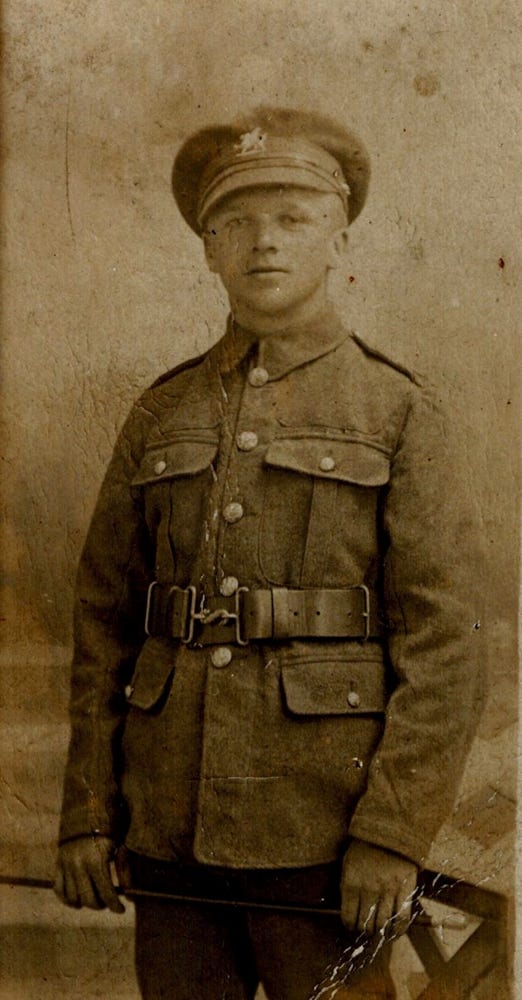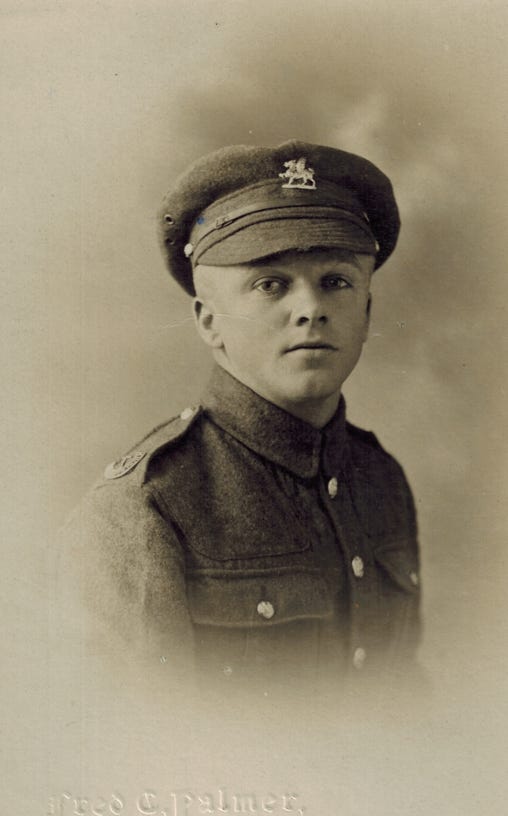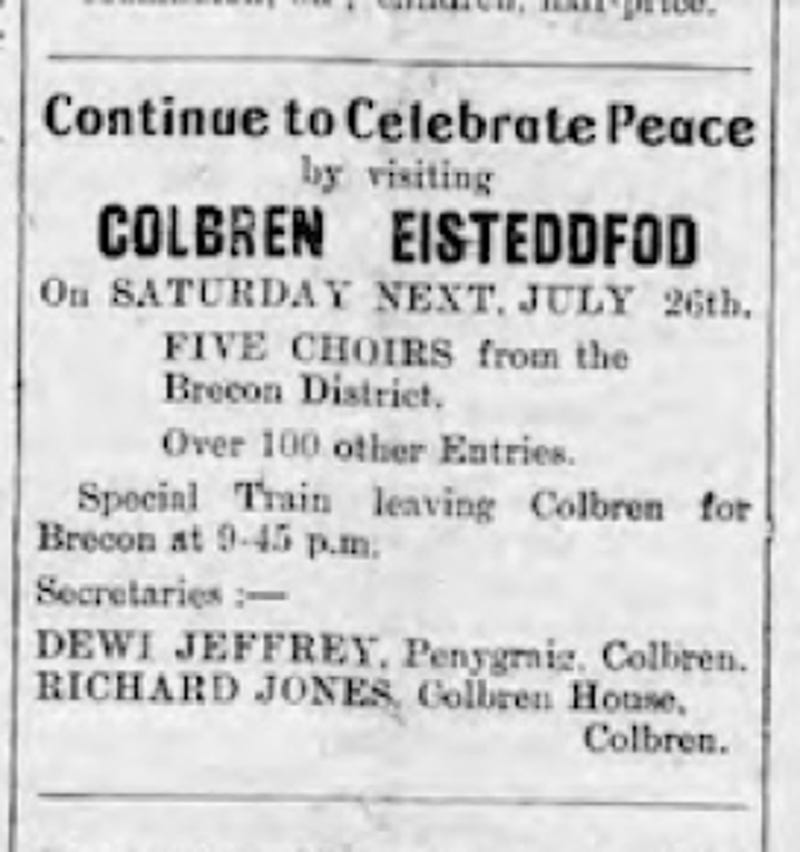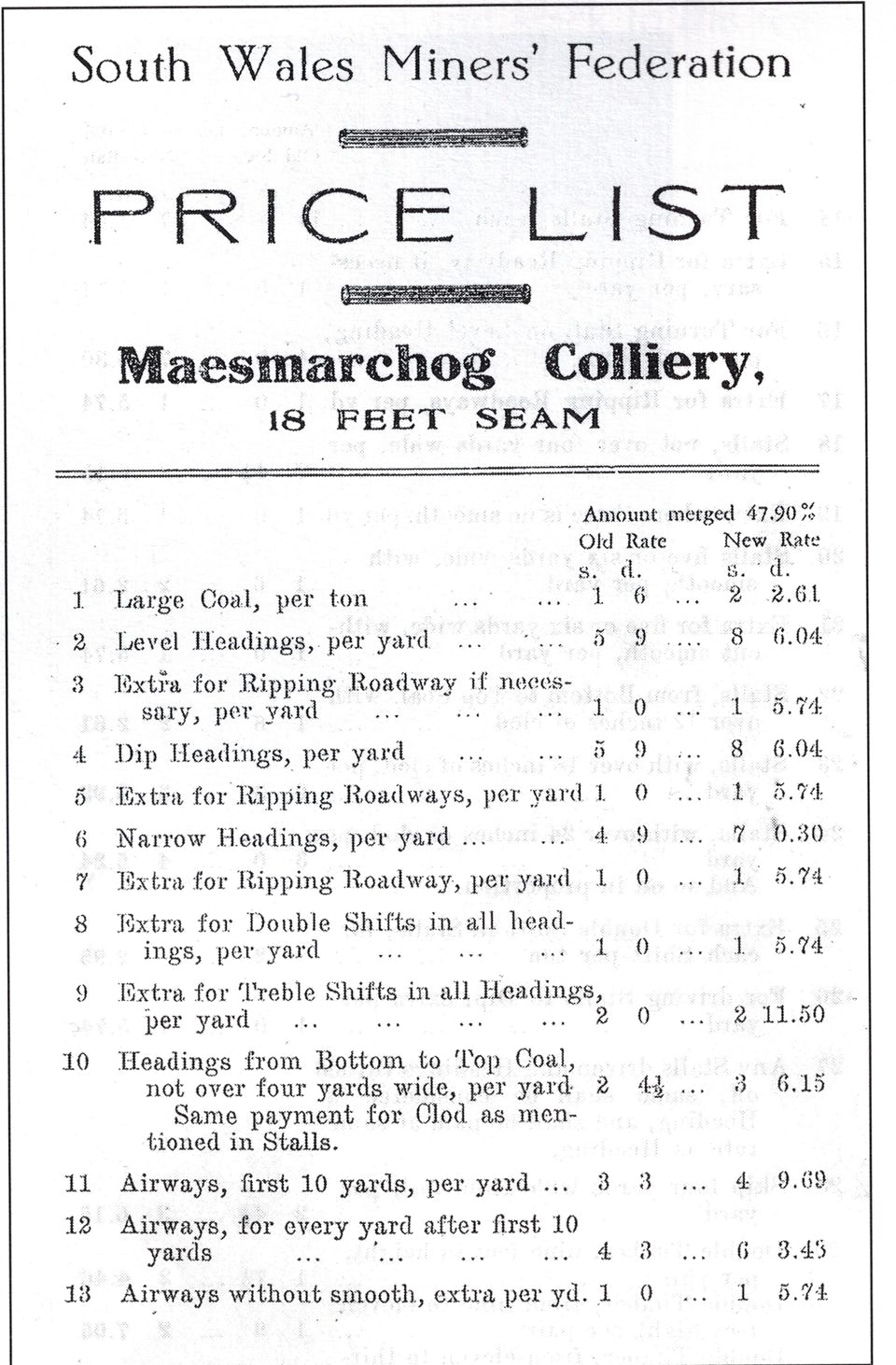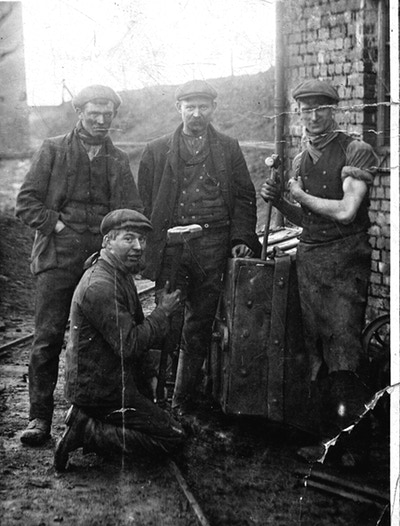Inevitably at this time of war, early in the twentieth century, we find young men photographed who might not otherwise have been: here is Richard (“Dick”) Jones in the First World War. The picture on the left is stamped with the name of a photographer in Herne Bay (Kent), most probably an assembly and training location for new recruits prior to embarkation to France. Like at Winchester for his brother Daniel, it is likely Dick would have been billeted in tents on the grassy promenade areas above the beaches in long expanse in these areas.
Although two years older, Dick’s younger brother Daniel appears to have been the first to join up, but advised against his brother not to follow him: “… you mentioned in your letter about joining the army - I advise not to for I shall tell why when I will come home on furlough…” (March 1917). We should be struck by the apparent youth of these soldiers (source: family photographs). Dick Jones was eventually posted to India.
Richard Jones and Mary Ann Price married at Pontardwe in the third quarter of 1919 (July, August or September). In the 1921 census they are living with Mary Ann’s mother Elizabeth and her husband, Thomas Jones, Master Haulier at Maesmarchog Colliery (Banwen). Mary Ann is recorded as Thomas’ stepdaughter as this was mother Elizabeth’s second marriage; Richard was recorded simply as ‘Boarder’ as he was no relation to the head of the household, Thomas. Richard and Mary Ann’s first child, Thomas Jones, is recorded as Grandson and he was born on the 4th December 1919.
All men of the household
Later, they lived at Brynawelon, Coelbren. In 1939, he was recorded as a “Colliery Hewer, Heavy Worker”. Otherwise, Richard appears to have been closely connected to Moriah Chapel.
